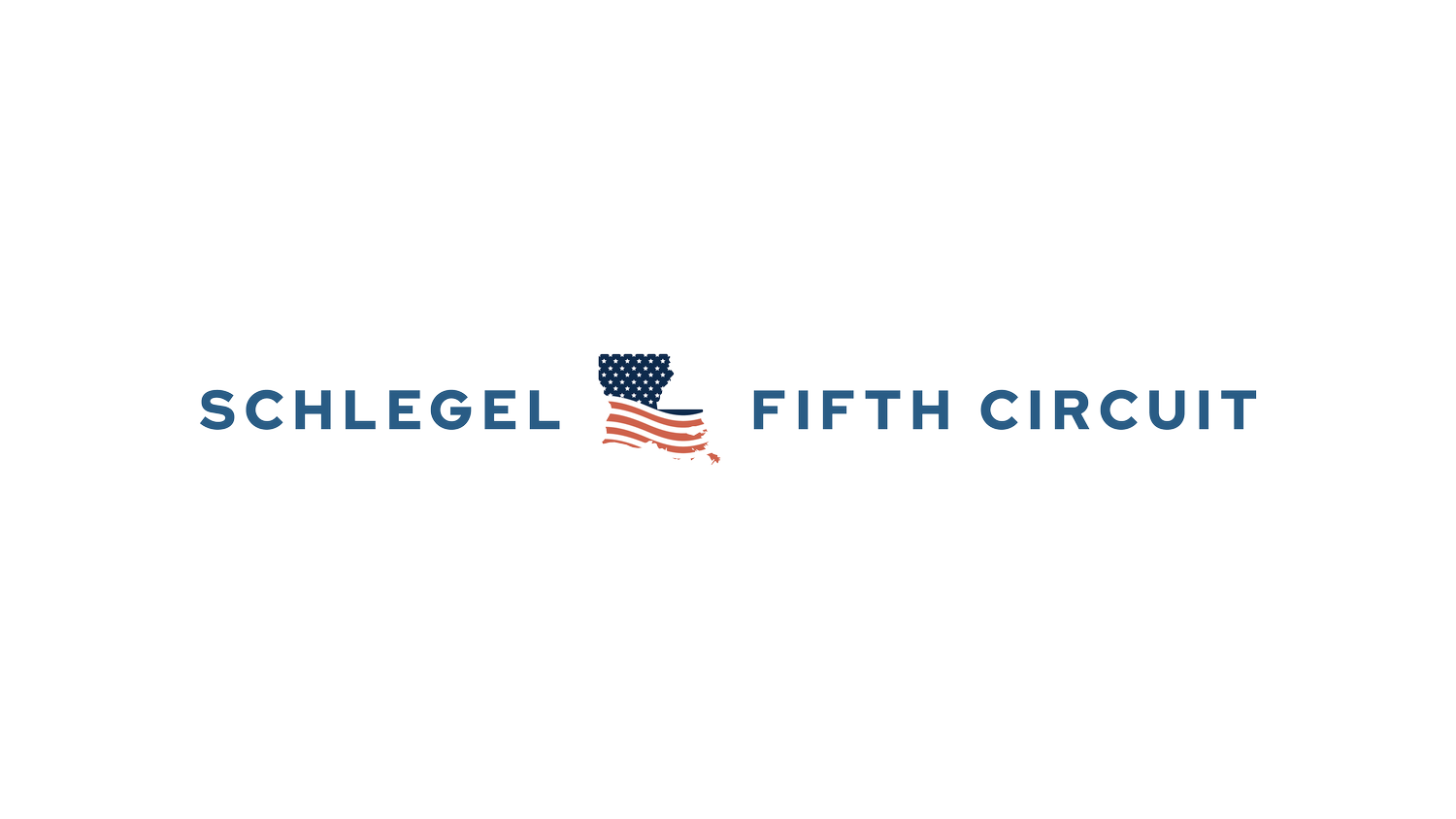Courtroom 2.0: Instant Transcripts and AI-Generated Judgments
Imagine leaving a courtroom and finding a draft transcript and proposed judgment in your inbox before you've even reached your car. This isn't science fiction—it could be the future of court proceedings, and it’s closer than you might think.
The integration of technology in court proceedings has been a gradual but steady process. From online filing systems to virtual hearings, courts around the country have begun adapting to the digital age. A project I was working on before leaving the trial court could build upon these advancements and significantly streamline post-hearing procedures: instant transcripts coupled with AI-generated judgments.
This concept envisions a system where, immediately after a hearing concludes, all parties receive two key documents in their inboxes: a watermarked transcript of the proceeding and an AI-generated proposed judgment. It's crucial to understand that this instant transcript would be a draft version, not admissible for official purposes. It would serve as a quick reference tool only. Parties would still need to obtain a certified copy for writs, appeals, or any other court use, like using it to impeach a witness at trial. This distinction ensures the integrity of the official record while providing the benefits of immediate access to the hearing's content.
While modern AI transcription systems have improved significantly, they can still struggle with technical legal terminology, multiple speakers, or challenging acoustic environments. So it's important to note that this technology is not intended to replace court reporters. Like most technological advancements, AI transcription is best viewed as a supplement or augmentation to human expertise. We should always keep a human in the loop for official records. However, the reality is that certified transcripts are not always immediately available or affordable for all parties. Thus, this system could provide a valuable solution in certain situations.
Implementing this system may be more feasible than many might think. Numerous courts across the country have already adopted e-filing systems, which provide a digital infrastructure that includes attorneys' email addresses and precise scheduling of hearings. For courts without e-filing, online calendaring systems could serve as an alternative foundation. These digital tools, capable of sending text and email reminders for scheduled hearings, create an ideal starting point. By leveraging these established systems, courts can more easily integrate instant transcripts and AI-generated judgments into their operations, making the transition smoother and more cost-effective.
Here's how the proposed system would work: As soon as a hearing ends, the court would email a watermarked draft transcript to all parties. Simultaneously, an AI system would analyze the transcript and generate a proposed judgment based upon the reasons articulated by the judge in court. Lawyers would receive both the transcript and proposed judgment within minutes of the hearing's conclusion. They could then review the proposed judgment, refer to the transcript if necessary, discuss with opposing counsel, make any necessary revisions, and submit a finalized judgment. The email could even include a link for lawyers to e-file the judgment directly.
This approach tackles a frequent challenge in legal proceedings that many of us have encountered. As you know, it's not uncommon for attorneys to circulate a proposed judgment after a hearing, only to have opposing counsel contest it with a statement like, "That's not what the Judge said." With an instant draft transcript, such disagreements could be quickly resolved by referencing the exact language used in court, even if the draft couldn't be used for official citations.
Moreover, it would assist attorneys and their clients when deciding whether to take a writ or not. Being able to read the judge's reasons would enable parties to make informed decisions instead of relying on memory of what was said at the hearing. This could lead to significant cost savings and reduce the workload on court staff and attorneys alike.
Of course, implementing such a system would not be without challenges. Ensuring that parties understand these draft transcripts and AI-generated judgements are not perfect would be crucial. Clear guidelines would need to be established regarding the use and limitations of these unofficial documents. There's also the matter of confidentiality and the need to properly redact or protect sensitive information in certain circumstances. As you can imagine, this approach may not be appropriate for every type of hearing.
Despite these hurdles, the potential benefits are substantial. This system could lead to fewer disputes over what transpired in court, improve efficiency, and provide a more transparent legal process overall. It could also result in significant cost savings for both the court and the parties.
While this system is still just a concept, the technology to implement it exists today. Unfortunately, we all know that successful innovation in the justice system isn't just about the tech. There are many other hurdles that one must overcome. Nevertheless, as leaders, it's our responsibility to continue pushing forward and stay informed about these emerging technologies. By doing so, we will eventually find a way to design a more efficient, effective, and accessible justice system by thoughtfully integrating some of these tools.
